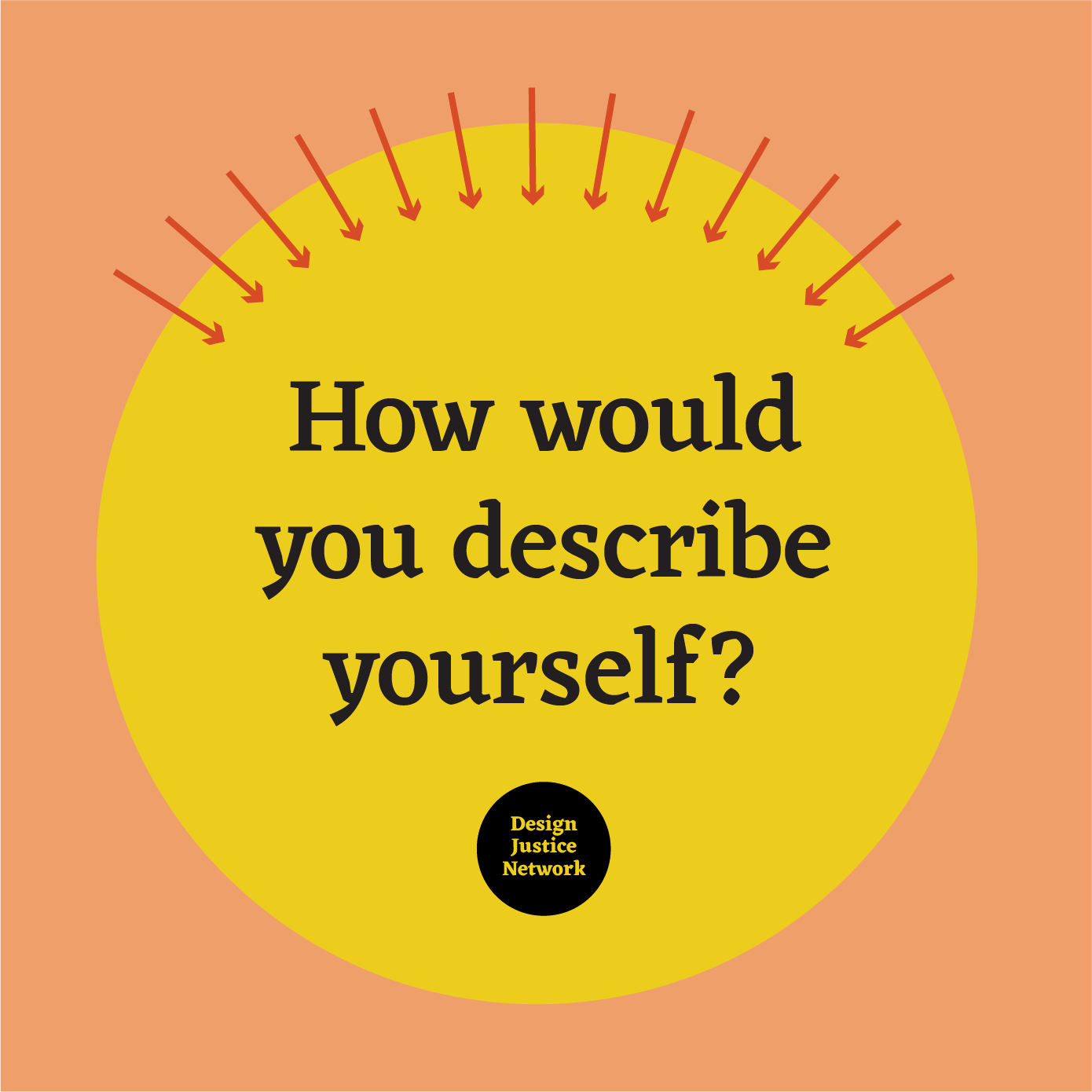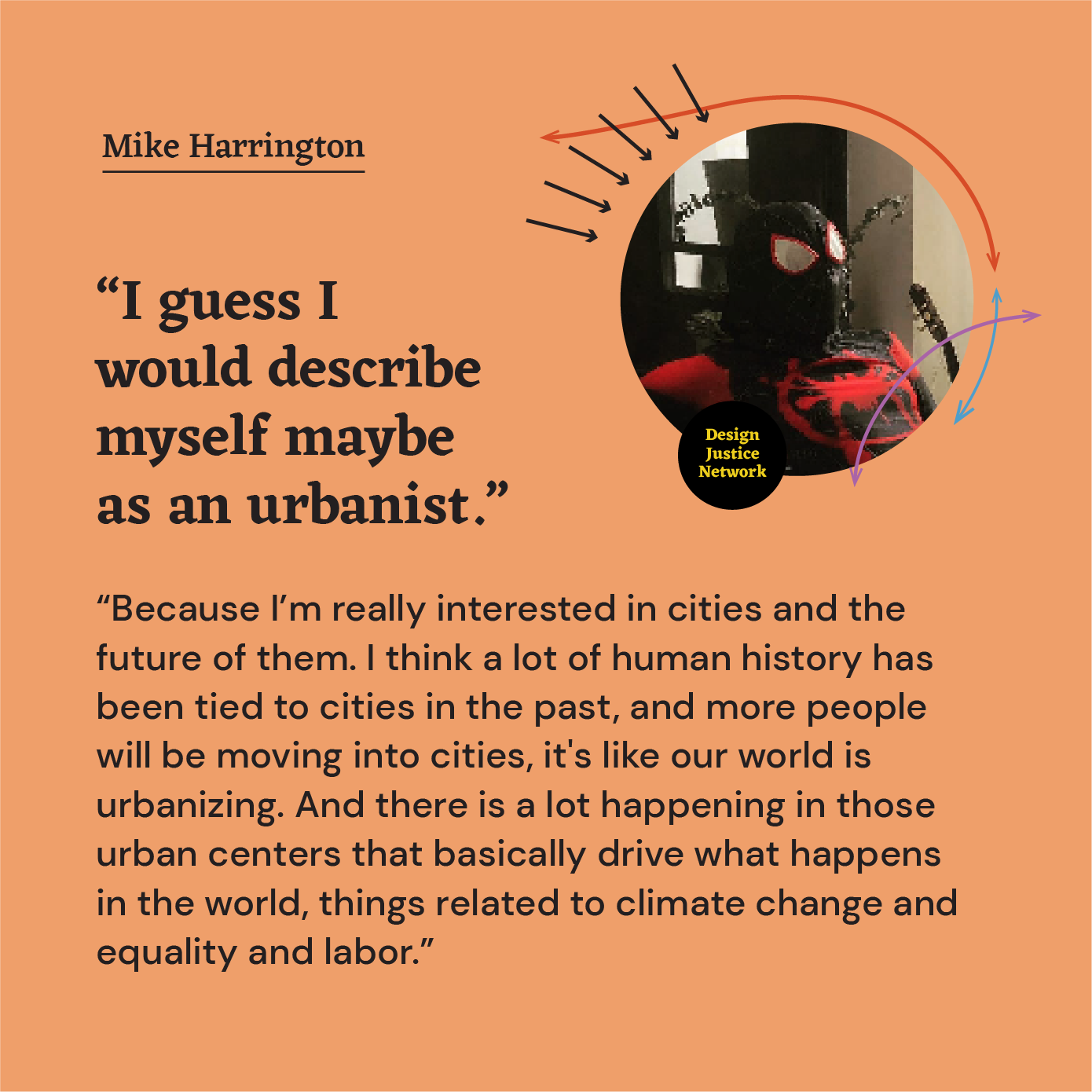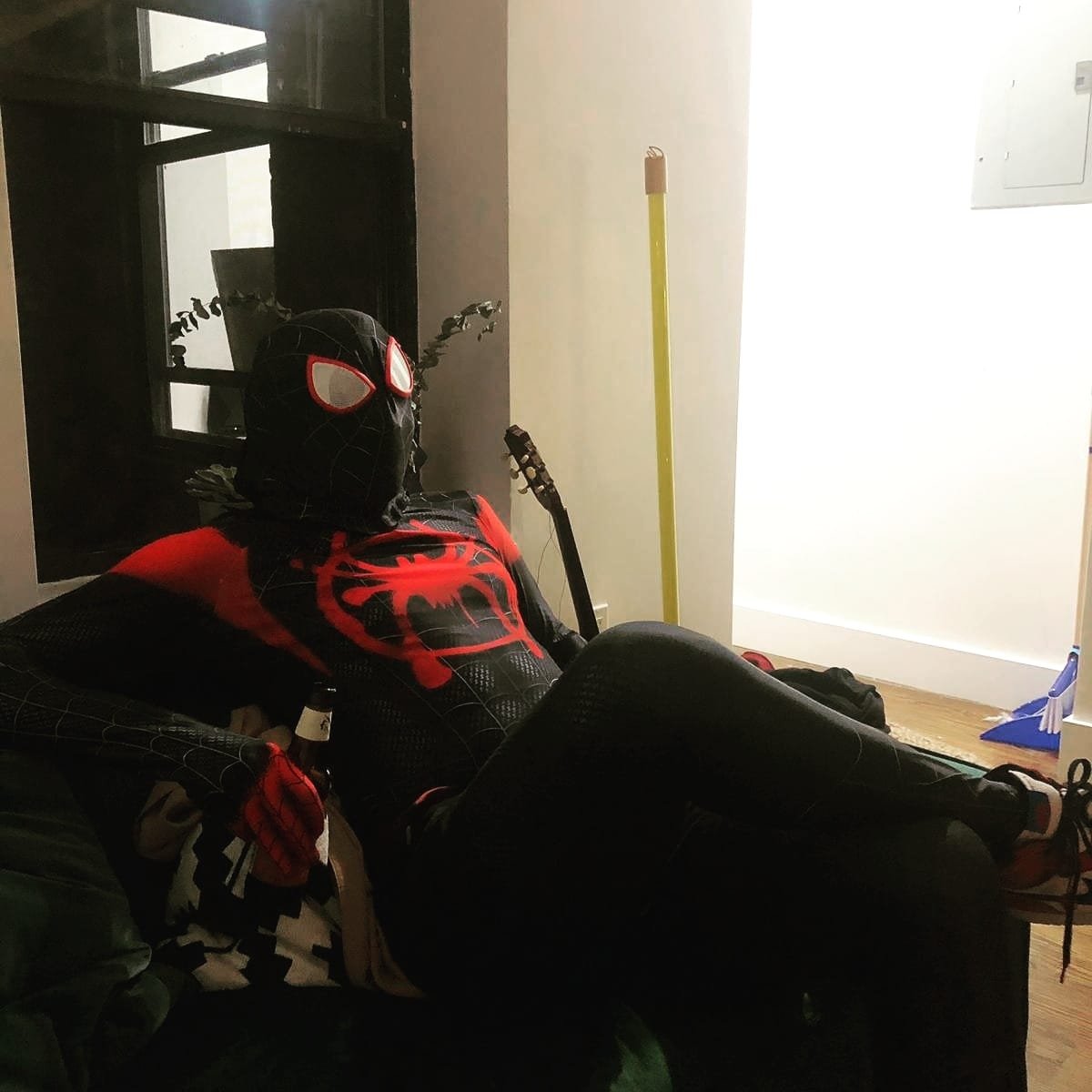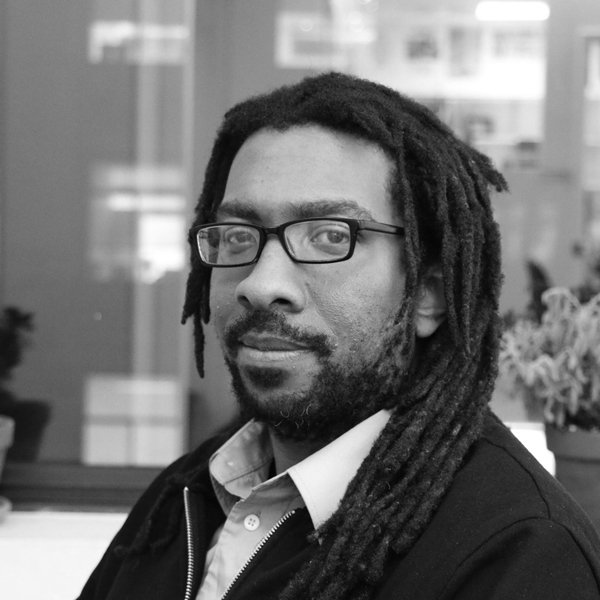DJN Member Feature: Michael (Mike) Harrington
This is an interview with Mike Harrington conducted by Lydia Hooper, both of whom are members of the Design Justice Network Communication Working group.
How would you describe yourself?
I guess I would describe myself maybe as an urbanist. Because I’m really interested in cities and the future of them. I think a lot of human history has been tied to cities in the past, and more people will be moving into cities, it's like our world is urbanizing. And there is a lot happening in those urban centers that basically drive what happens in the world, things related to climate change and equality and labor.
I work in the environmental justice field, and I work for a University (The New School) in a place called The Tishman Environment and Design Center, where we look at design policy and justice issues. I’m really interested in environmental justice, climate justice in cities and how we examine cities to make them more sustainable.
Images above: orange background with text below “What does design justice mean to you? - and continued quote. Image of Mike Harrington, Haloween 2019.
What does design justice mean to you?
Design justice is making sure that everyone who is affected by any sort of design process is included in that, and not only in terms of thinking about them but also involving them if possible.
Which of the design justice principles most resonates with you, and why?
Principle six, that everyone is an expert based on their own lived experience, that we all have unique and brilliant contributions to bring to the design process. I don't like when people are gatekeeping. I don't have a design degree or anything, I've studied on my own, that's how I learned. A lot of design, what we think of as design, has been taken or co-opted from other practices like community organizing. I think everyone's an expert in something. And I think people bringing their lived experiences to any sort of design intervention, if you want to call it that, is valuable.
So how do your own lived experiences make you the unique “expert”/designer that you are?
It's interesting because people thought I was going to go into a design field when I was younger, because I used to draw six hours a day every day and I love drawing and painting and stuff. So I've always had an eye for aesthetics and doing stuff like that, but then I wasn't able to do it because I developed carpal tunnel syndrome, ironically from drawing. But I'm also from a neighborhood that is very under-resourced and frankly quite dangerous, and it's always been that way, since before I was born, so I always thought that was very unfair and unjust. And I think that drove me to figure out what can I do to make places like where I grew up better, how can I make those places safer, how can I make those places more environmentally sustainable. And how can I make people care about it? So I studied a lot of things, and worked with a lot of people. Throughout my life, I picked up all these different skills and committed to gaining a deeper knowledge of them. That's how I like to work with people, not assuming that I'm an expert or anything, but really listening to people and deferring to their skills and knowledge. And learning new things where I can.
What is a project you’ve worked on in which the design justice principles came alive for you?
For a project that I worked on with the Urban Design Forum a couple of years ago, there were 25 fellows in this cohort and we wanted to look at the environmental issues that intersect with urban heat. It's an environmental justice issue because in cities like New York and Chicago, where I am from, one of the biggest predictors of if you will die from urban heat is if you're a Black person. Age, income and race are the biggest predictors, and it's becoming more and more of an issue. It wasn't really well known when we started that work and I don't know if our interventions made a difference, but I really felt like talking to people about this issue in those neighborhoods and creating solutions that were very community-based was very important. We made sure to talk to people and get their input and to do it in a way that was respectful and not extractive. That work continues, and I think it’s good to have people think about what sort of design you do to deal with it from a policy design standpoint, from a physical design standpoint. We're looking at social issues, so it’s like how do you engineer that?
Image from a report Mike was a part of called "turning the heat" (he did not create the graphics).
What has been one of your greatest challenges applying the principles, on this project or another?
I think one of the challenges I had was working with my team, who was great, but a lot of them had traditional design degrees or traditional design training and they didn't know about things, for instance, like redlining or historical injustices that are baked into urban design and city planning. I think it was a learning process for me, but it was a learning process for a lot of them. I think because I work with a lot of interdisciplinary teams and projects, I’ve noticed that a lot of my colleagues may not even know about these injustices, or even think about things in a holistic way. Like I know a lot of architects I've worked with before, and even now, didn't even think about sustainability and buildings. They didn't really think about how that building is situated in a community. I was so surprised to learn that sustainability and community engagement and things like that weren't really emphasized in a field like architecture. And unfortunately, I think that's common across a lot of the design training people receive. So I'm lucky to go work with people and learn about all these different trades and skills and stuff, but it's also sometimes challenging because it can take more time to explain certain concepts or why we should address certain issues.
What are your dreams and visions for where the design justice field will be in 10-20 years?
[My vision is] that a lot of the energy from the design field is put toward the climate crisis in a just and equitable way. For instance not just designing sea walls to keep cities from drowning or doing only physical things to deal with the issue, but also working in concert with people in communities that already are being affected by the climate crisis, quite frankly, and will be affected even more.
I would hope that people that have these skills or even are looking to develop skills in the design field are able to apply them in a way that is beneficial to everyone. Because we all need air to breathe, we all need to eat, we all need water to drink. Some people think that they can isolate themselves from [climate change], but that's a very, very small amount of people. If you want a world that is habitable, we need to figure out a better way to design that world, and we need to look at it from a holistic way and we need to be transdisciplinary about it and we need to do it in a just way as well.
I really do think that justice should be at the forefront of every practice. In everything, you should be compassionate, you should be considerate of others in whatever you do, and you should not take from others. Unfortunately, the design field is very extractive and homogenous. I think that we should shift to being more regenerative and more collaborative.
Images above: Image of Mike, smiling and looking at the camera outside his office. The second image is of Mike in a self-made Spiderman costume, Halloween 2019.
**********
You can learn more about Mike Harrington by following him on Twitter @mrhansudo or Instagram @squalllionmonochrome. This interview was conducted and written by Lydia Hooper, who can be reached through www.lydiahooper.com.
Would you be willing to share your experiences with the Design Justice Network? There are no prerequisites (including a traditional design background), and past stories have featured members working in a variety of fields such as social work, community organizing, and handicrafts. We make the process easy for you (no writing involved!) and will only share what/how you consent for us to. We are particularly interested in hearing from members outside of Europe and the North American East Coast. If you have questions or interests, please contact designjusticenetwork@gmail.com.







